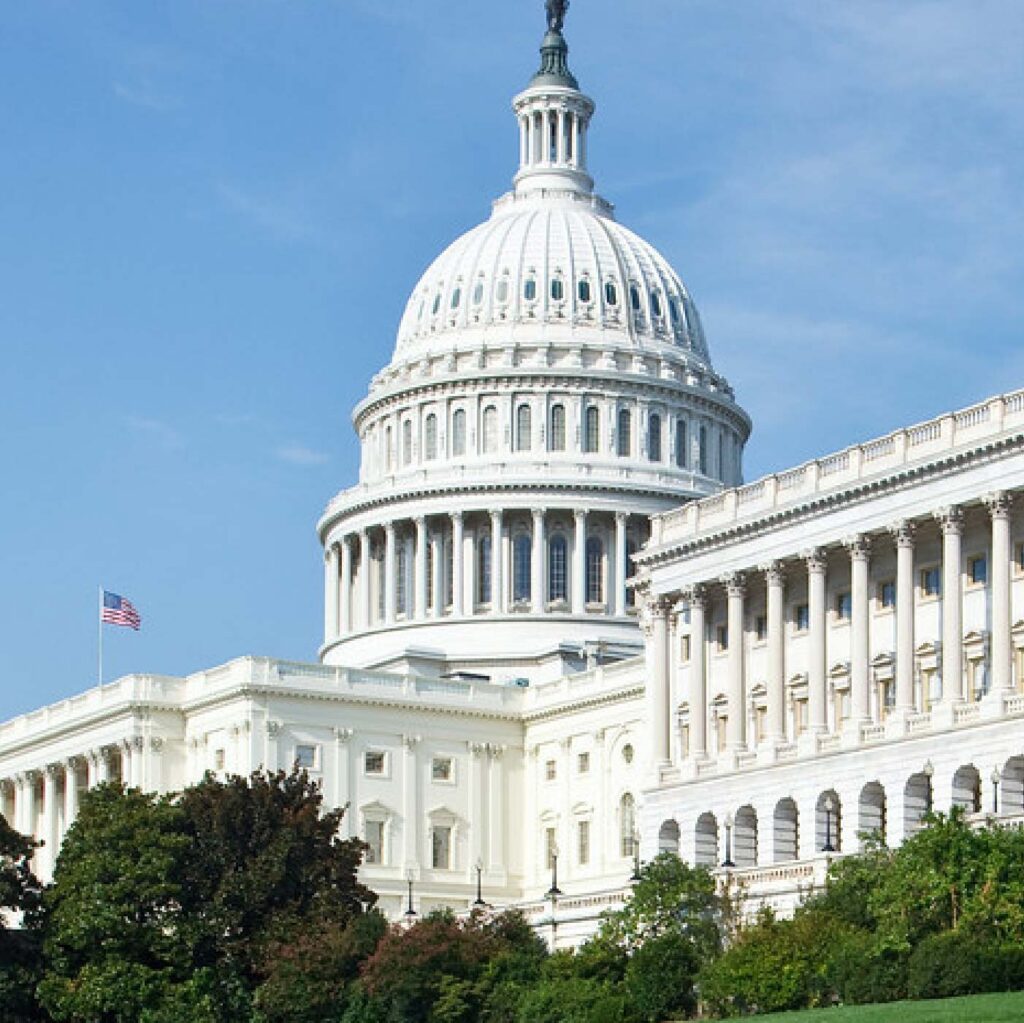2024 Child Care and Early Learning State Fact Sheets

FFYF’s 2024 State Fact Sheets from 50 states and Washington, D.C. show how federal investments in child care impact working parents, children, and the economy. Federal funding and programs benefit families nationwide and serve as the foundation for America’s early care and education system.
These fact sheets break down what federal funding reaches states, how state governments are investing, and how together these programs support working families, young learners, and local economies.
States are effectively utilizing federal funding to support our nation’s youngest learners by improving their early childhood systems through the Preschool Development Grant Birth Through Five (PDG B-5) program, creating supportive and reliable communities for families through Head Start and Early Head Start, and increasing access to affordable child care for low-income working families through the Child Care and Development Block Grant (CCDBG).
High-quality child care and early learning programs are proven to dramatically improve a child’s opportunities for a better future while offering parents improved job stability and overall economic security. Despite having widespread bipartisan support on Capitol Hill, at current funding levels, these programs continue to fail to reach millions of children who are eligible to participate.
Our analysis found that nationally:
- Federal and state early learning opportunities serve more than 4.2 million children and families, or 18% of children ages 5 and under.
- 65% of children 5 and under have all available parents in the workforce.
- $1,188 per month is the average price of center-based infant care.
- 39% of a single-parent family’s income is spent on center-based infant care for one child.
- State investment and program quality varies substantially across states.
- The temporary expansion of the Child and Dependent Care Tax Credit (CDCTC) in 2021 benefited more than 6.4 million families by providing them with over $2000 on average to offset the cost of care.
Note: The calculations in these fact sheets are based on the most recent available data, which ranges from 2021 to 2024 depending on the program. A full list of references and notes about methodology can be found here.
Find your state:
End note references can be found here.
Subscribe to FFYF First Look
Every morning, FFYF reports on the latest child care & early learning news from across the country. Subscribe and take 5 minutes to know what's happening in early childhood education.



